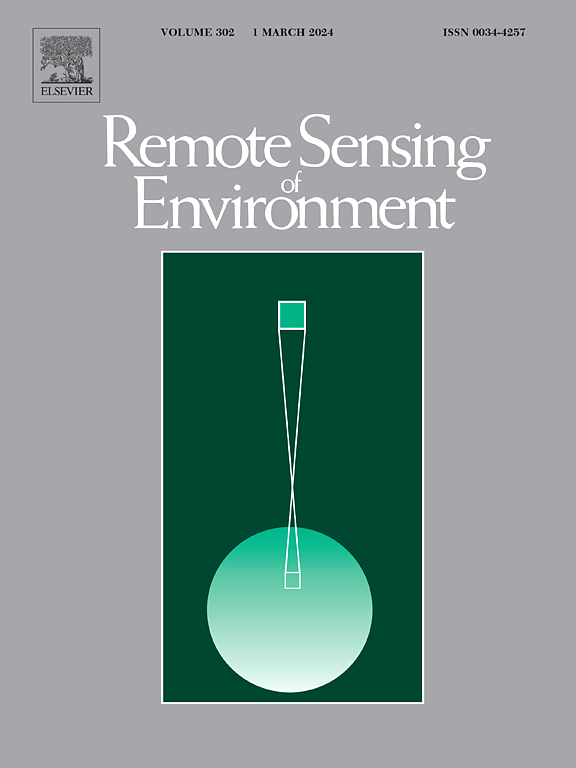Climate change and shallow aquifers - Unravelling local hydrogeological impacts and groundwater decline-induced subsidence
IF 11.1
1区 地球科学
Q1 ENVIRONMENTAL SCIENCES
引用次数: 0
Abstract
Climate change significantly compromises global water resources, particularly shallow aquifer systems, which are vulnerable to variations in precipitation and evapotranspiration. This study investigated the impacts of climate change on a shallow aquifer system in the Gniezno Lakeland, Poland, by analysing the relationship among ground motion, hydraulic head changes, surface water variations, and meteorological trends. We used EGMS-based InSAR ground motion products to detect subtle land surface displacements across the study area, combined with hydrogeological data, meteorological records, and surface water measurements. Our results revealed a slight but ongoing subsidence of −0.9 mm/year across the area, with variations observed across different land cover types and wetlands being the most affected. Seasonal oscillations in hydraulic head (8–50 cm) and ground motion (2–7 mm) highlighted the aquifer's elastic response to climate variability. Long-term meteorological data indicated a trend towards a drier climate, with annual increases in temperature (+0.5 °C), insolation (+6.8 h), and evaporation (+3.8 mm), coupled with decreasing humidity (−0.13 %/year). The annual negative vertical water exchange, exceeding the volume of groundwater extraction, suggests that climate-driven factors are the primary drivers of aquifer storage decline. The aquifer system exhibited greater resilience to climate change than surface water, as evidenced by its annual storage change (∼2 % of lake volume fluctuations). Localized subsidence patterns near the lake shoreline further underscored the interplay between surface water and groundwater in this region. Our findings provide insights into the impacts of climate change on shallow aquifer systems and highlight the importance of integrating multisource data for comprehensive hydrogeological assessments.
求助全文
约1分钟内获得全文
求助全文
来源期刊

Remote Sensing of Environment
环境科学-成像科学与照相技术
CiteScore
25.10
自引率
8.90%
发文量
455
审稿时长
53 days
期刊介绍:
Remote Sensing of Environment (RSE) serves the Earth observation community by disseminating results on the theory, science, applications, and technology that contribute to advancing the field of remote sensing. With a thoroughly interdisciplinary approach, RSE encompasses terrestrial, oceanic, and atmospheric sensing.
The journal emphasizes biophysical and quantitative approaches to remote sensing at local to global scales, covering a diverse range of applications and techniques.
RSE serves as a vital platform for the exchange of knowledge and advancements in the dynamic field of remote sensing.
 求助内容:
求助内容: 应助结果提醒方式:
应助结果提醒方式:


